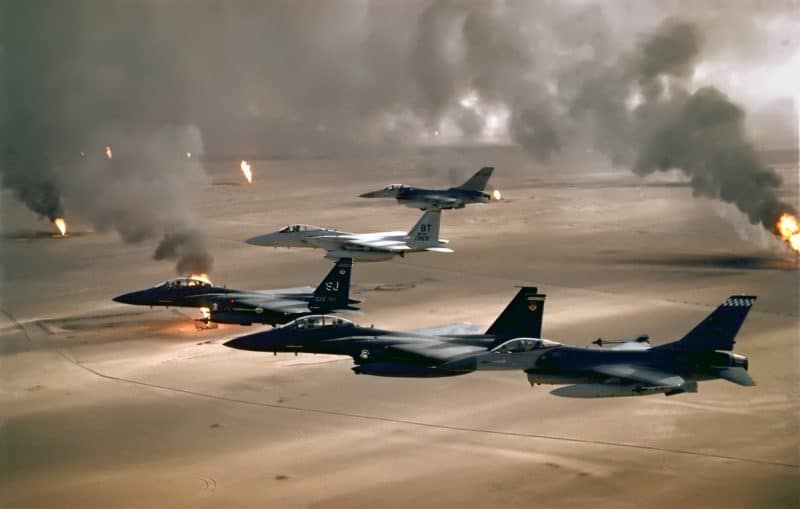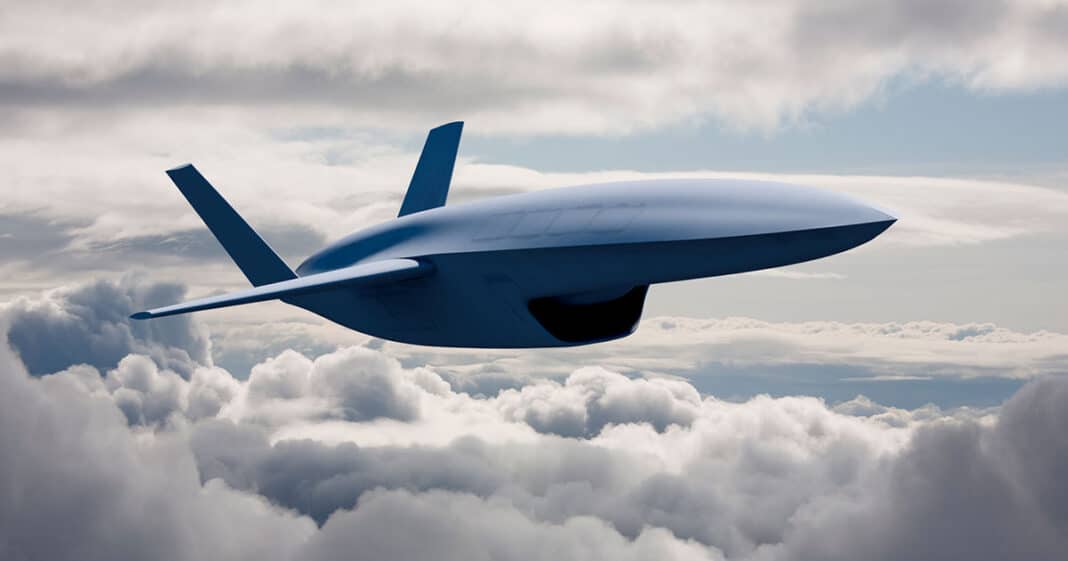The US Air Force revealed, through press release, the names of the two manufacturers selected to design and build the prototypes of the first batch of combat drones, intended to accompany the future NGAD, successors to the F-22, as well as a few hundred specially prepared F-35As.
These drones must make it possible to respond to observed and anticipated developments in aerial warfare, while preserving, as much as possible, the costly and increasingly fewer combat aircraft, as well as their precious crews.
However, beyond the operational and technological revolution which is taking shape across the Atlantic, with the arrival of these drones before the end of the decade, another revolution is at work, industrial this time, around this program . Indeed, the two manufacturers selected, Anduril and General Atomics, do not belong to the 5 major defense groups, created by the 1993 concentration initiative.
In this section:
The great defense industrial concentration of 1993 in the United States and its consequences
Until 1993, in fact, the American defense industrial and technological base was made up of around fifty large groups, often specialized. With the end of the Cold War, and the inevitable restructuring of the global arms market, which until then supported the dynamism of this American industry, the Clinton administration undertook a very significant concentration in this sector.

50 US defense companies concentrated in 5 major groups
This is how the fifty major American defense companies were transformed into five strategic groups. In order of turnover today, these are Lockheed Martin, RTX (formerly Raytheon), Boeing, Northrop Grumman and General Dynamics.
This concentration made it possible to make these five major American players the world leaders in the defense industry. Even today, while major players in China, Europe and elsewhere have also emerged, they remain firmly anchored in the TOP 5 global defense companies, ranked by turnover.
It is clear, therefore, that the 1993 strategy was crowned with success, by further strengthening the omnipresence of the American defense industry in the US sphere of influence.

Thus, in Europe, nearly 70% of defense equipment spending observed in recent years is directed towards the United States, even though the European defense industry very often produces perfectly competitive equipment.
The deleterious effects on prices of the industrial concentration of 1993
However, if this concentration has brought happiness to American industrialists and their shareholders, it has also created more than deleterious effects for the American armies.

75% of this article remains to read,
Subscribe to access it!
The Classic subscriptions provide access to
articles in their full version, and without advertising,
from 6,90 €.
Newsletter subscription
Register for the Meta-Defense Newsletter to receive the
latest fashion articles daily or weekly

